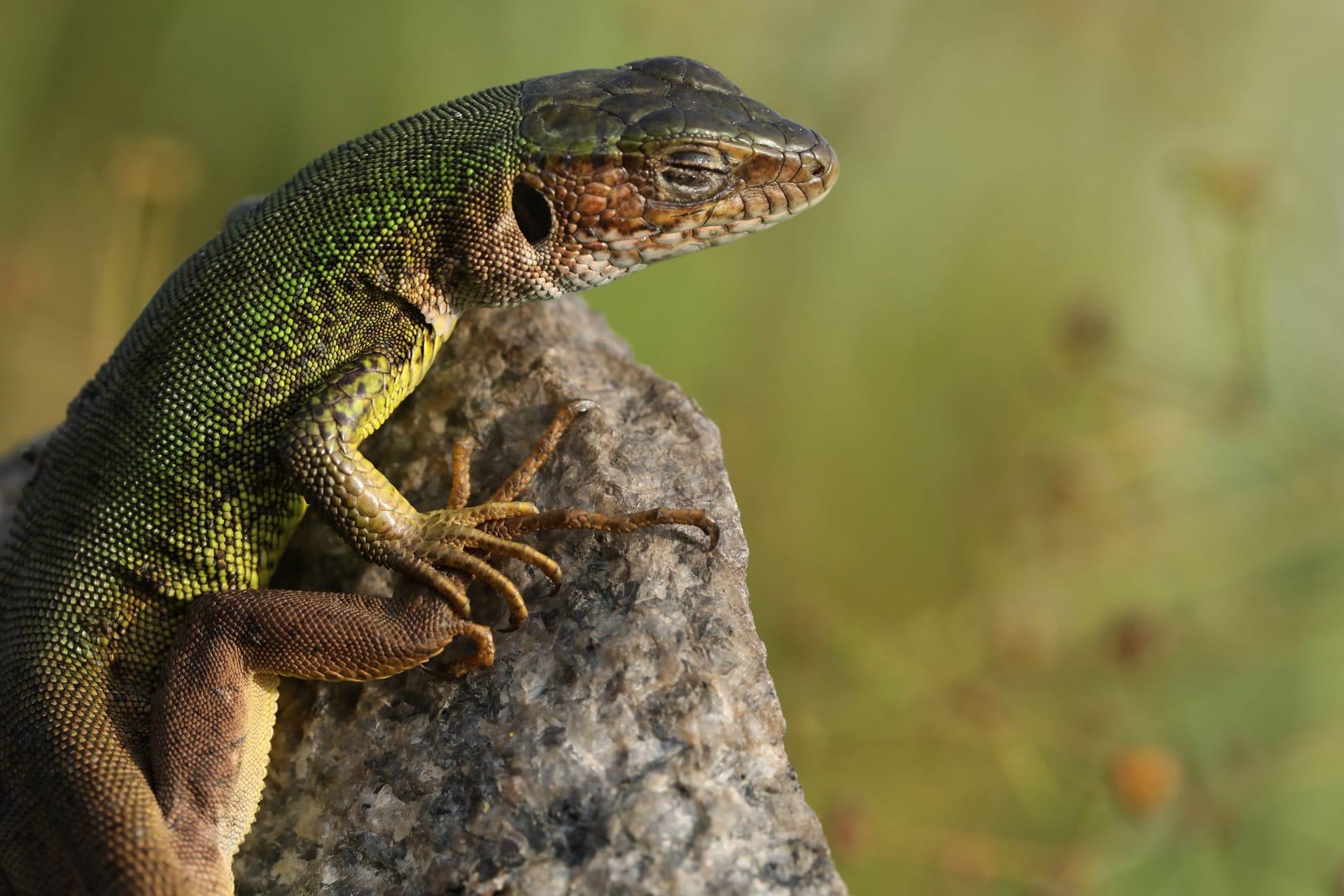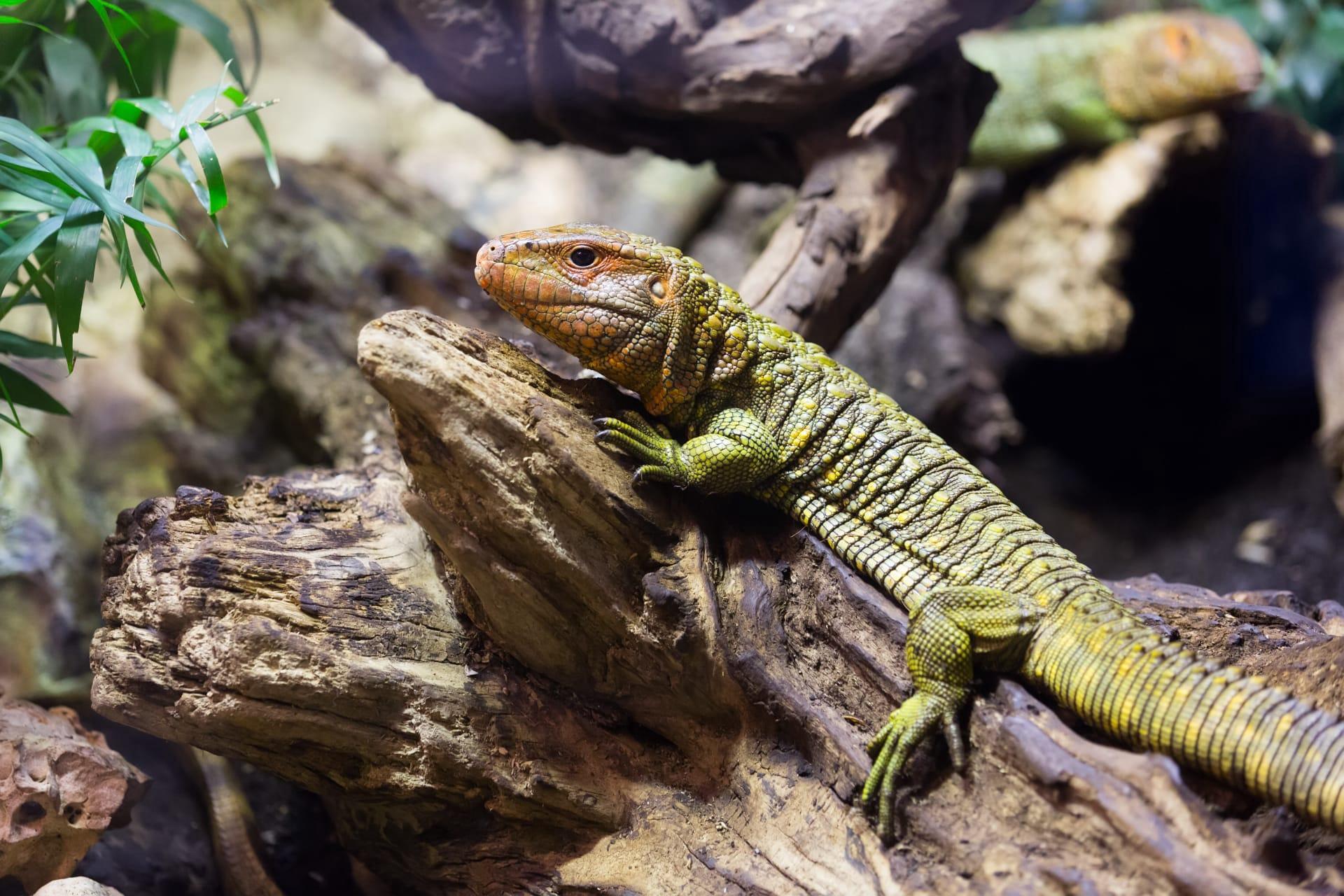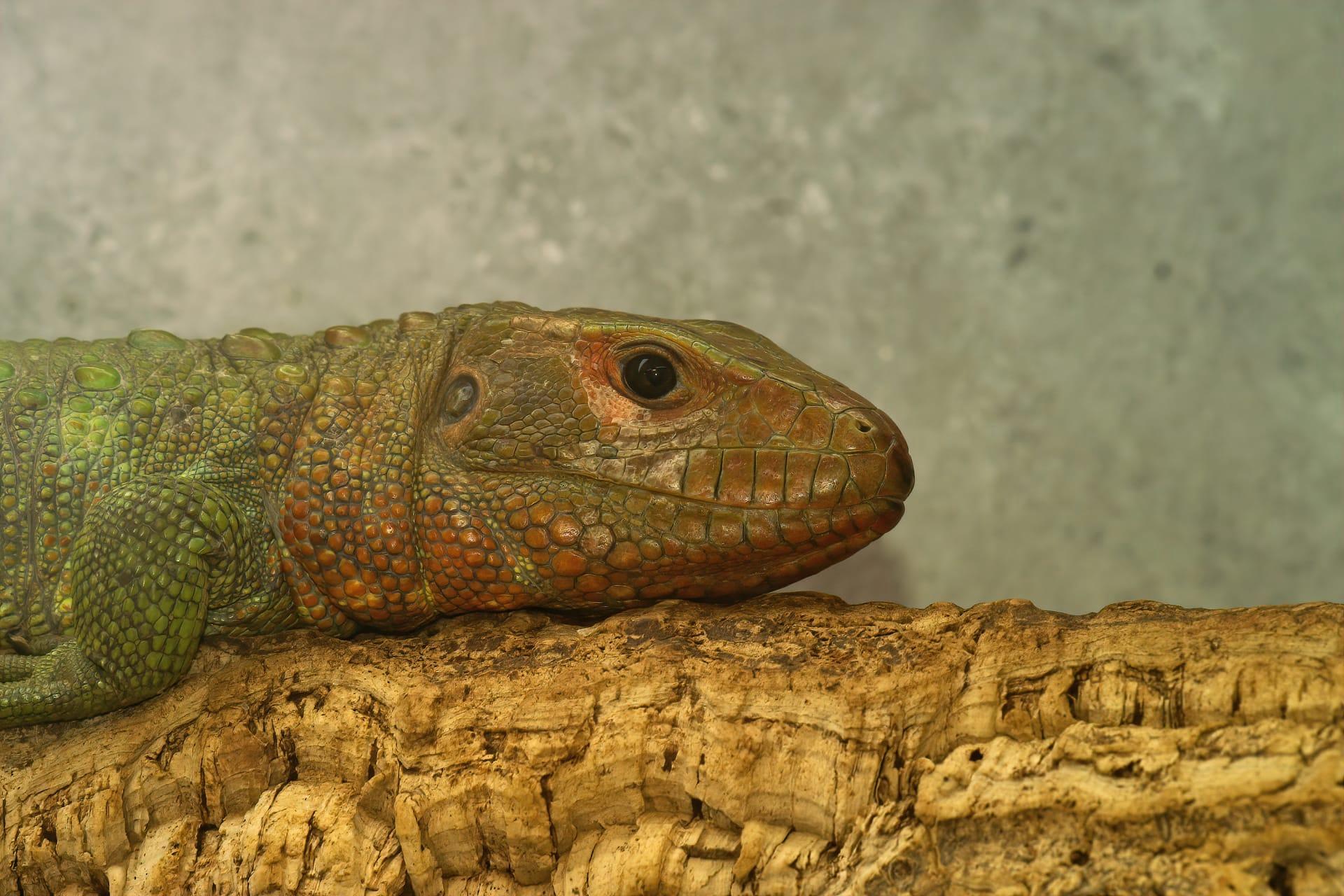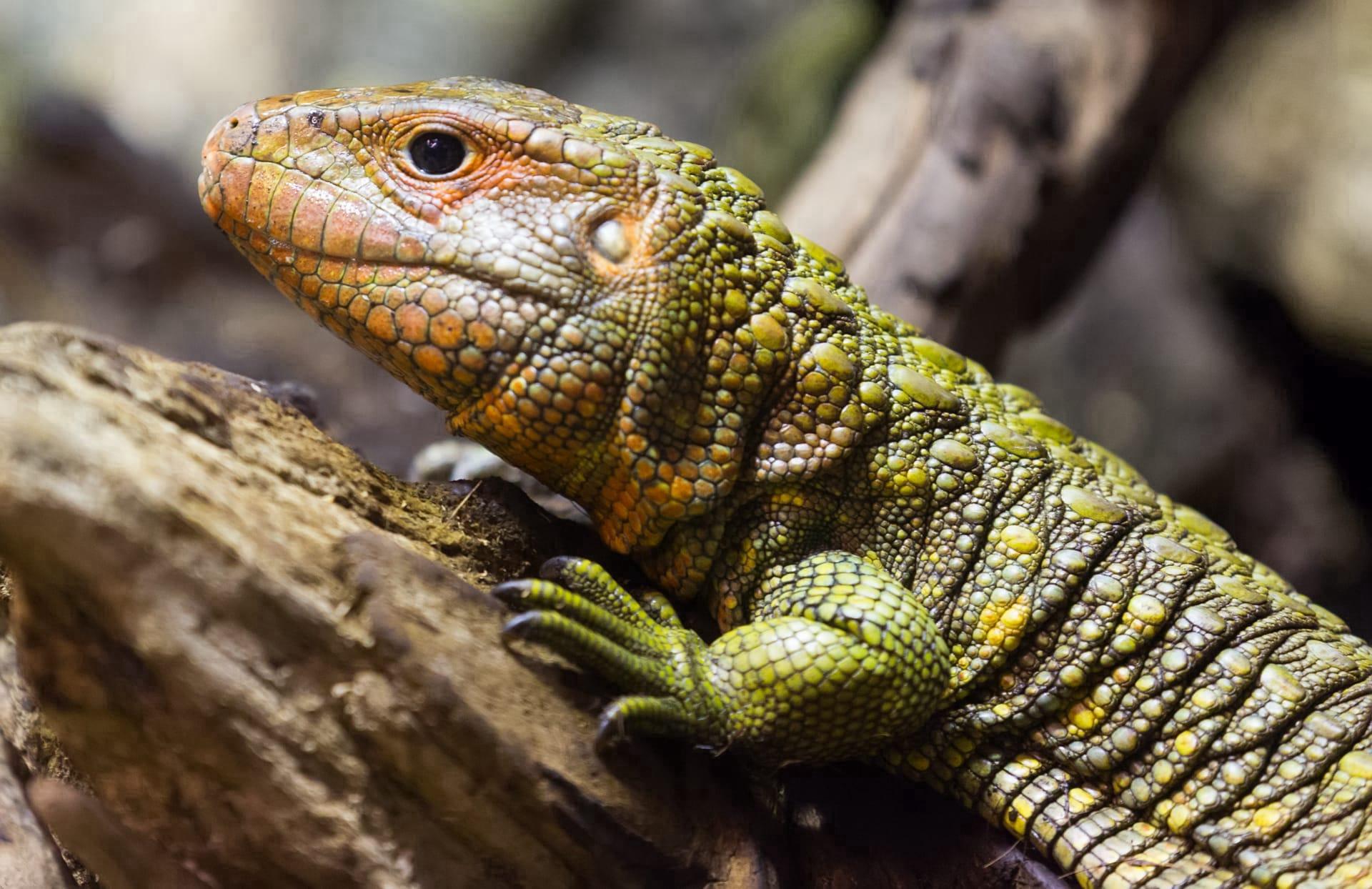Caiman
- Home /
- Mini Encyclopedia /
- Animal /
- Caiman
1
Caimans, part of the family Alligatoridae, are fascinating creatures that inhabit the Americas. This family includes two genera: Caiman and Melanosuchus. The genus Caiman is further divided into several species: the Spectacled caiman (Caiman crocodilus), Yacare caiman (Caiman yacare), Broad-snouted caiman (Caiman latirostris), and the Black caiman (Melanosuchus niger). Each species is unique, adapting to their specific environments with variations in size, color, and behavior.
Caimans are predominantly found in Central and South America, thriving in a variety of watery habitats such as rivers, lakes, marshes, and swamps. The Spectacled caiman has the broadest range, spreading from Mexico through Central America to South America, even reaching as far as Ecuador and Peru. The Yacare caiman is primarily located in the Pantanal and Amazon Basin. The Broad-snouted caiman prefers the eastern and southern regions of South America, including Brazil, Uruguay, and northern Argentina. The Black caiman, the largest of the species, is mainly found in slow-moving rivers and lakes of the Amazon Basin.

2
Question: Do caimans pose a significant danger to humans?
Answer: Caimans, while possessing powerful jaws and sharp teeth, generally do not pose a significant threat to humans. Unlike their larger relatives, crocodiles, caimans are more wary of humans and less likely to attack unless provoked or threatened. Most caiman species are relatively small, with the Black caiman being an exception, growing up to 5 meters in length. However, even the Black caiman typically avoids human interaction. Caiman attacks on humans are rare and usually occur when the animal is cornered or in defense of its nest.

3
Caimans have developed several survival strategies to thrive in their environments. They are primarily nocturnal hunters, relying on their excellent night vision to locate prey. Their diet includes fish, birds, small mammals, and sometimes larger prey for bigger species like the Black caiman. Caimans have a unique hunting method where they stay almost completely submerged in water, revealing only their eyes and nostrils, to stealthily approach prey.
Reproduction is another key aspect of caiman survival. Females build nests of vegetation, where they lay their eggs. The heat from the decomposing vegetation helps incubate the eggs. The mother caiman guards the nest fiercely until the eggs hatch, showcasing their strong parental instincts. The hatchlings are born with natural instincts for water and survival, although they stay under the mother's protection for some time.

4
In their ecosystems, caimans play a crucial role as both predator and prey. As apex predators in their habitat, they help control the population of fish and other small animals, maintaining a healthy balance in the ecosystem. This predatory role also aids in keeping waterways free of deceased animals, contributing to a cleaner and healthier environment.
Caimans also serve as a key food source for other predators, especially during their younger, more vulnerable stages. Their presence in the ecosystem supports a diverse range of species, contributing to biodiversity. Furthermore, caimans have an impact on their physical environment. Their nesting behavior aids in the aeration of soil, and their movements in water can influence the shaping of waterways.

5
Film: "Realm of the Caiman" (United States, 2006) - This documentary focuses on the life and survival of caimans in the Amazon rainforest. It showcases their hunting techniques, interaction with other wildlife, and the challenges they face due to environmental changes.
Book: "Caiman Ecology and Conservation" (United States, 2014) by Peter Brazaitis. This book provides a comprehensive overview of caiman species, their habitats, behavior, and the conservation efforts needed to protect them. It's a detailed resource for understanding these creatures' ecological importance.
Book: "The Secret Life of Caimans" (United Kingdom, 2018) by Sarah Henshaw. This book delves into the behavior and social structures of caimans, offering insights into their communication, mating rituals, and the role they play in their ecosystems. The author combines scientific research with engaging narratives to explore the hidden world of these fascinating reptiles.